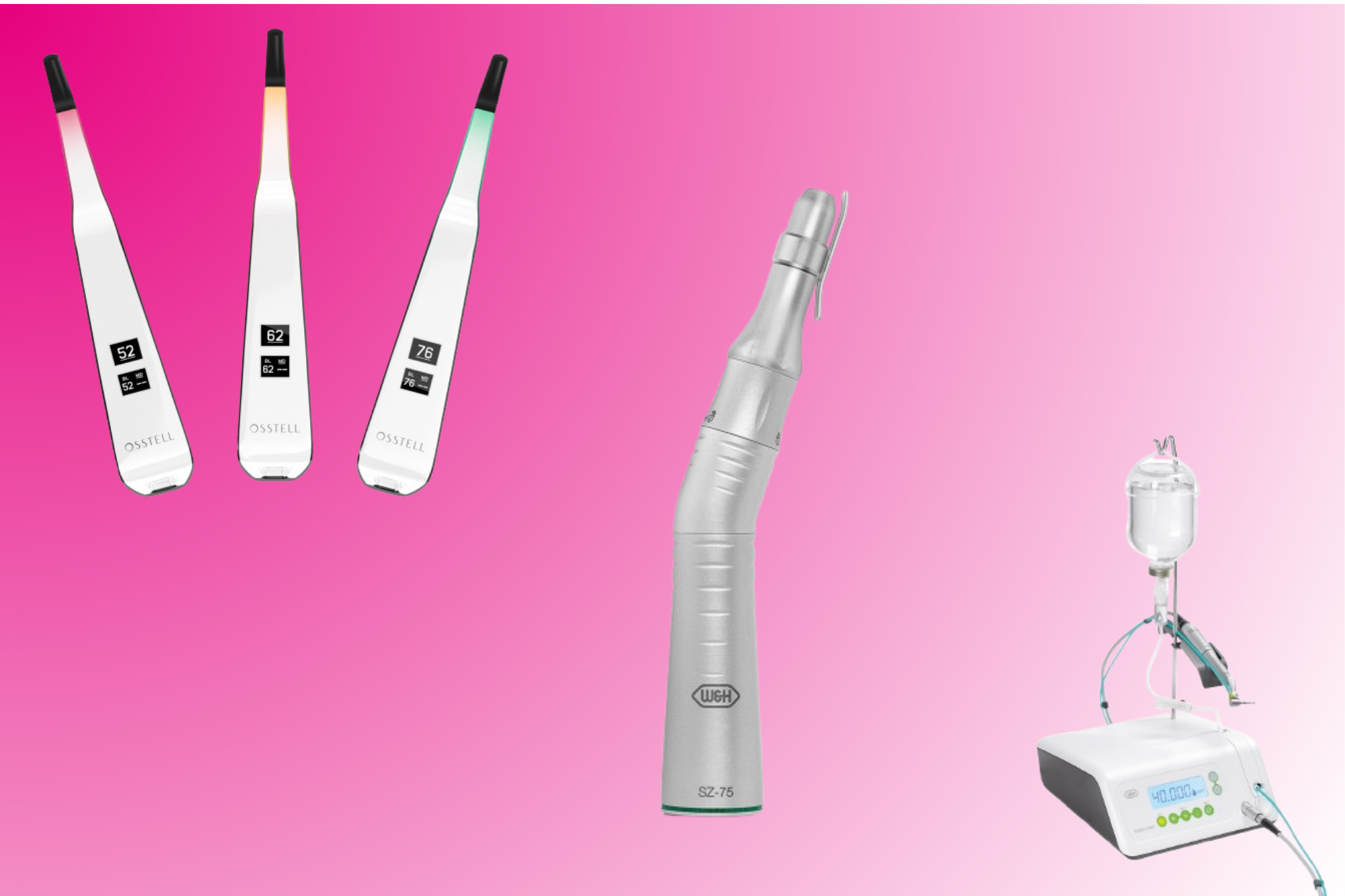All you need to know about Legionella
Do you know what it is?
Legionella is a gram-negative bacterium that is normally and most commonly found in water and waterlines.
Legionella bacteria will multiply in water temperatures between 20 degrees Celsius and 45 degrees Celsius. Equally, it will lay dormant in water below 20 degrees Celsius, but it will not survive in water above 60 degrees Celsius.
It was first discovered in the 1970s in the US after an outbreak of severe pneumonia among visitors to a convention.
Do you know the most common form of transmission of Legionella?
Inhalation of contaminated aerosols produced in conjunction with water sprays, mists or jets. Infection can also occur by aspiration of contaminated water or ice.
Do you know the symptoms?
Legionellosis is a generic term describing the pneumonic and non-pneumonic forms of infection with Legionella.
The non-pneumonic form (Pontiac disease) is an acute, self-limiting influenza-like illness usually lasting 2–5 days. The incubation period is up to 48 hours.
The most commons symptoms include: fever, chills, headache, malaise and muscle pain. No deaths are associated to this type of infection.
Legionnaires’ disease, the pneumonic form, has an incubation period of 2 to 10 days.
Symptoms include: fever, loss of appetite, headache, malaise and lethargy.
Some patients may also have muscle pain, diarrhoea and confusion. There is also usually an initial mild cough, but as many as 50 per cent of patients can present phlegm. Blood-streaked phlegm or hemoptysis occurs in about one-third of the patients.
Do you know the risks?
If untreated Legionnaires’ disease usually worsens during the first week. It can also be fatal.
The death rate from Legionnaires’ disease depends on the severity of the disease, the appropriateness of initial anti-microbial treatment, the setting where legionella was acquired and a host of factors specific to the patient.
The severity of disease ranges from a mild cough to a rapidly fatal pneumonia. Death occurs through progressive pneumonia with respiratory failure and/or shock and multi-organ failure. Overall the death rate is usually within the range of 5–10 per cent.
Do you know the patients who are most vulnerable?
There are some patients who are more vulnerable and at risk of fatality from the disease. They include:
- Patients with diabetes, heart disease, lung disease, renal disease and immunosuppression
- Smokers
- Anyone over the age of 50
Men also are particularly vulnerable. According to the World Health Organisation of the reported cases 75–80 per cent are over 50 years and 60 –70 per cent are male.
Do you know the mandatory requirements?
- All systems require a risk assessment, however not all systems will require elaborate control measures
- All premises are required to have a written waterline management scheme and legionella risk assessment
- These schemes should be written by experienced and competent people (a competent person is someone with the necessary skills, knowledge and experience to carry out this function)
- The registered manager must ensure that all the recommendations of the written scheme and risk assessment are implemented
- Water and air lines must be fitted with anti-retraction valves in accordance with EU regulations
- It is mandatory to control Legionella within the dental waterline system, but there is no one single system of treatment which is 100 per cent effective.
Do you know…?
All employees should receive COSHH and Legionella training due to the requirements laid down in the Health and Safety at Work etc Act 1974.
DBG to Training and Compliance Team offers a range of ECPD training courses , including COSHH and Legionella Awareness.



